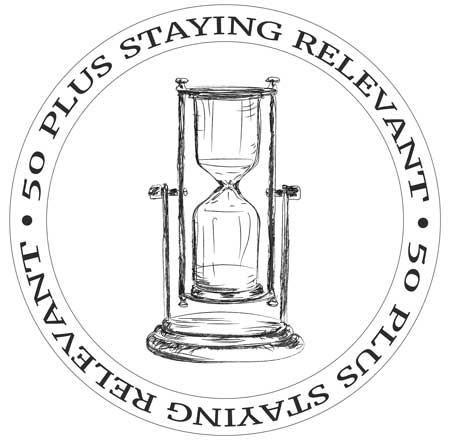I ran across an interesting article on student debt over the weekend. The timing of this piece coincided with our review of our son’s upcoming tuition payments for the Fall of 2021. The article points out the effects of student loan debt on Millennials.
According to a 2017 report by the New America Foundation, the average student loan interest rate is 5.8% among all households with student debt. The average college debt among student loan borrowers in America is $32,731, according to the Federal Reserve. This is a substantial increase of approximately 20% from the years of 2015 to 2016. It goes on to say that most borrowers have between $25,000 and $50,000 outstanding in student loan debt.
What is not being talked about is why the average cost of attending a four-year college or university in the United States rose by ( 497% ) between the academic years of ( 1985 to 2018 ). That is more than twice the rate of inflation. Why is that?
I believe our Federal government’s student loan programs have a lot to do with this. This multi-trillion dollar bureaucracy has brought us to where we are today. There are now over 45 Million Borrowers who collectively owe nearly $1.7 Trillion in student loan debt. It has become so egregious that a taxpayer bailout is now being considered.
What is not being discussed is the cost of education and why it has exceeded twice the rate of inflation. The principles of supply and demand seem not to apply here. I believe that has a lot to do with the way in which the Government manages these student loan subsidies.
In the Private, for Profit Education Institutions, it has been proposed to cap the dollar amount, per Clock Hour, to determine the total dollar amount in student loans as that relates to each course credit. This fixed price per credit would be the basis in which the student loans would be determined. If the school, college or university exceeds this course credit dollar amount, that would then be the decision of the student to pay the difference.
My belief is that the colleges and universities would have to adjust to this new pricing model and become more competitive. It would bring their course credit pricing more in line to what the education marketplace would bear. It would certainly curb the skyrocketing rate of inflation that we are currently witnessing in the education industry.
If this current system is not brought into check, the ramifications could be devastating to our current and future generations. This student loan debt will create a greater disparity between social classes and have a lasting effect on our economy as well. Tax increases would certainly be part of that.
For example, a Millennial, who may now be in their late 30’s or early 40’s, are facing life changing economic decisions that would have been unthinkable twenty years ago.
According to a recent Harris Poll, surveying a 1000 Adults aged from 33 to 40 years old, because of student loan debt, they may have been inhibited in making certain career choices, possibly still living with family members, having to move to an area that is more affordable from where they grew up, putting off buying a home and/or starting a family, limiting their contributions to their retirement and reducing the amount of contributions to savings and emergency funds.
I know this topic is a cross generational issue. I would sincerely appreciate an open discussion in hearing everyone’s different perspectives.
– Mark
From the Blog
The Student Loan Debt Crisis
Related Posts
No Results Found
The page you requested could not be found. Try refining your search, or use the navigation above to locate the post.
Your Thoughts & Comments
0 Comments
Stay Connected
Mark Damian
17 Conant Street #434
Danvers, MA 01923
(978) 712 – 8089
MarkDamian@50plusstayingrelevant.com

0 Comments